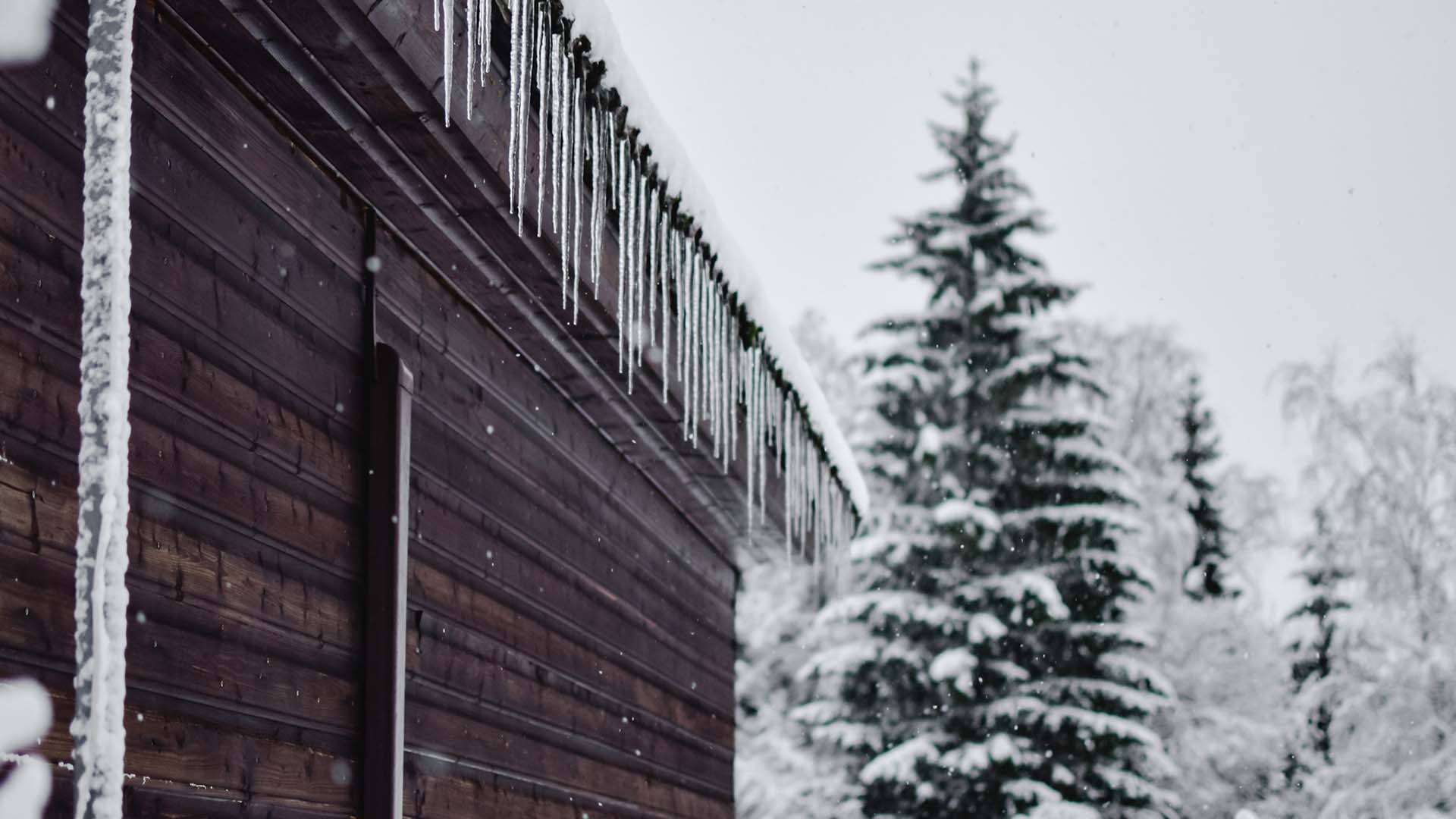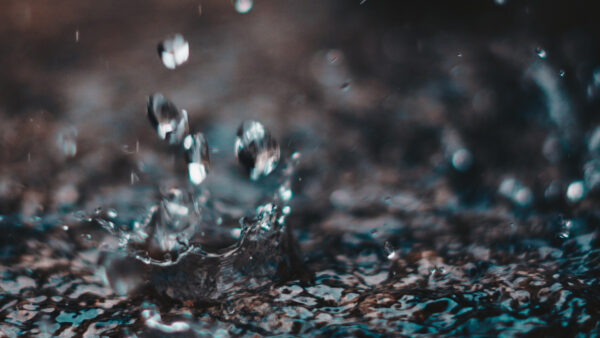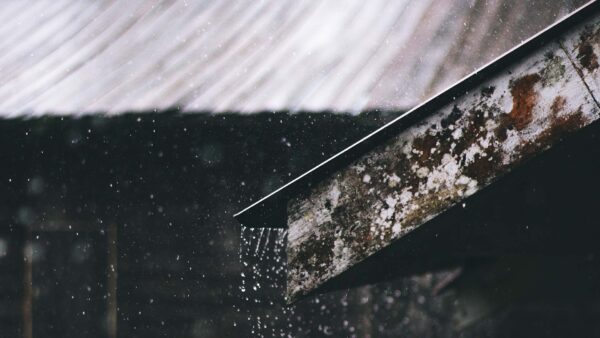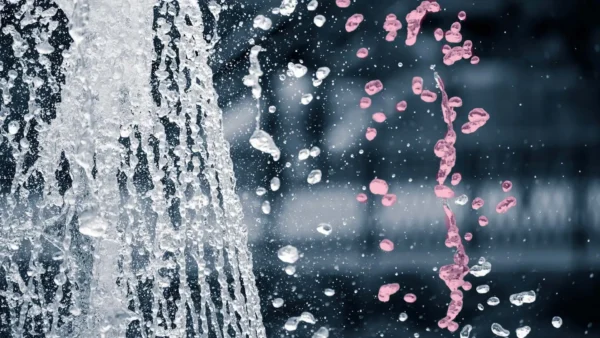An ice dam is a build-up of ice or snow along the edge of a roof or eaves. Water from rain or melting snow then pools behind this build-up and passively backs up underneath the shingles entering the attic or wall cavity.
This is often characterized by a layer of white ice or snow along the edges of a clear roof. Icicles from the eaves trough are also a sign of potential ice damming.
What Causes Ice Damming?
Ice damming most commonly occurs in cycles of freeze and thaw such as we are experiencing in Southern Ontario right now. Many roofs throughout the GTA are currently covered in a layer of ice which may begin to slide down the roof and accumulate near the eaves. This is now being followed by a thaw and rain fall which may begin to pool behind the newly formed dam.
Ice damming is also commonly caused when attic insulation and ventilation are insufficient. The attic space above a home should remain the same temperature as outdoors. Proper ventilation ensures that warm air can escape and is replaced by free-flowing cool air from outside. Proper attic insulation helps heat from within the home from escaping into attic space. When there is too much warm air in the attic, it can melt snow and ice near the centre of the dwelling. This melted ice then freezes as it reaches the cooler exterior walls. This creates the same damming effect.
What damage may occur?
Water from ice damming commonly leaks into one of two places; attics and wall cavities. In both cases, ice damming damage is characterized by wet drywall or plaster and staining on the ceiling. This most commonly occurs along exterior walls. If water is leaking into the attic space, this may saturate insulation and begin to leak into the dwelling through the ceiling drywall/plaster. It may also come down through light fixtures.
If water has entered the wall cavity, it may be harder to detect, as the water may not enter into the finished part of the home. It can run though the wall cavity to lower levels of the home and may only reveal itself by saturating flooring. Again, this occurs most commonly near exterior walls.
In either case, it is important to have the home inspected by a licensed contractor to determine the extent of the water damage and mitigate if necessary. Water damage left unrepaired can lead to mould, odour, decay and rot. All of which are not covered by most, if not all insurance companies.
What to do if you’ve experienced ice damming damage?
Contact us! We are here to help you navigate your coverage and get your claim reported in the fastest and simplest way possible. Coverage for ice damming differs from one insurance company to the next. Speak to one of our licensed brokers if you have questions about what your insurance company covers.
If your claim is an emergency, contact your insurance company directly to ensure they are able to attend and inspect your home as soon as possible.
You can also contact a water damage specialist or restoration contractor to perform emergency services. This should include only what is necessary to prevent further damage. Be sure to take photos, keep reports from your contractor and do not dispose of any items or building materials that you intend to claim. Your insurance company will need to inspect these damages before they are repaired.
We do not recommend going on your roof, but there are steps you can take on your own to prevent further damage indoors. Collect dripping water in buckets to avoid unnecessary damage to your flooring and contents. Use a shop vac to extract water from carpeting. If you own a dehumidifier this can be useful in removing moisture as well.
Looking for home insurance?
Speak with a Mitch Insurance broker today to get a quote on Ontario home insurance. Learn more >
Call now
1-800-731-2228







